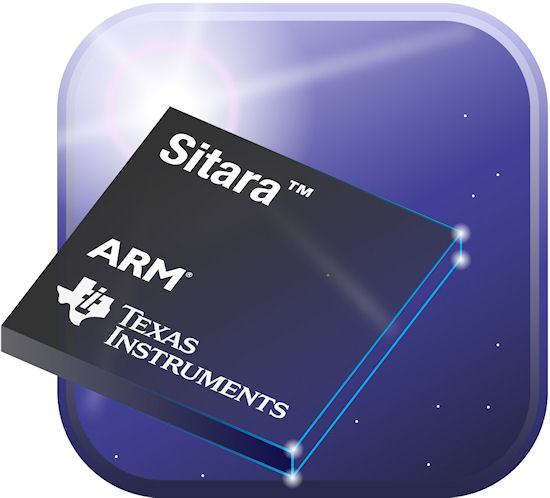Better embedded
It's not in just the OMAP application processors that Texas Instruments is putting ARM's microprocessor designs to good use, it seems. TI has managed to crank up the clock speed of the Cortex A8 design to 1 GHz in its latest line of Sitara embedded microprocessor units (MPUs).
The AM37x Sitara MPUs promise almost a 40 percent increase in ARM performance, and to put that clock speed into context, the Cortex A8-based OMAP 3430, which is found in phones like the Palm Pre and Motorola Milestone, is typically clocked at more like 600 MHz.
There are two specific processors: the AM3703 and the AM3715, with only the latter sharing Imagination Technology's POWERVR SGX low power graphics core with the OMAP. As a result, TI claims the AM3715 offers double the graphics performance of previous Sitara chips.
One clear distinction from the OMAP chips, however, is that these won't be found in phones. They're designed with industrial embedded applications in mind, such as portable data terminals, navigation systems and smart displays. Both boast up to a 30 percent decrease in power consumption over their predecessors.
Here's a table summarizing the features and benefits of the new chips.
|
Key Feature
|
Benefits |
|
Available at 300 MHz, 600 MHz, 800 MHz and 1GHz performance levels.
|
Offers numerous operating points to meet power and performance budgets while maintaining pin for pin compatibility |
|
1GHz Cortex-A8 with Neon co-processor, delivering 2000 DMIPs and offering 45 nm |
Enables faster user interfaces, data access and web page downloads; enables highest levels of processor performance and low power consumption |
|
PowerVR Graphics Core supports OpenGL ES 2.0 and renders 20 million polygons per second |
Provides stunning 3D graphics for more eye-catching GUIs |
|
Increased SDRAM Controller performance and 100 percent increase in L1 cache |
Increased memory bandwidth provides increased multi processor performance and reduces latency |
|
Robust peripheral set: USB HS Host x3, USB 2.0 OTG, MMC/SD card interface x3, 1.8V input/output and display subsystem with LCD controller and dual 10-bit DACs |
Allows multiple connectivity options |














